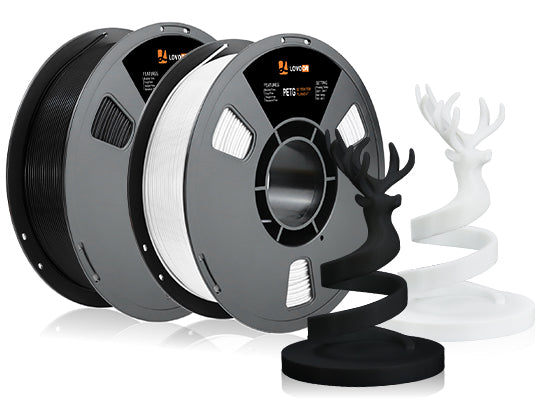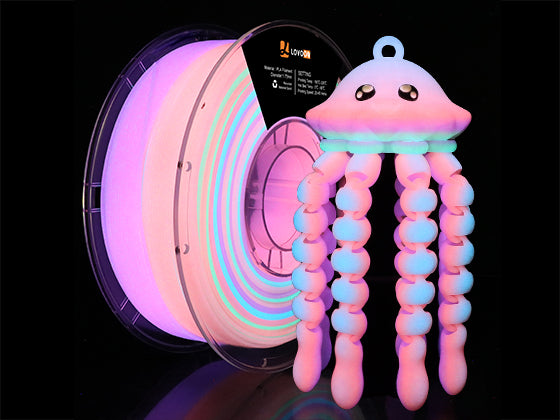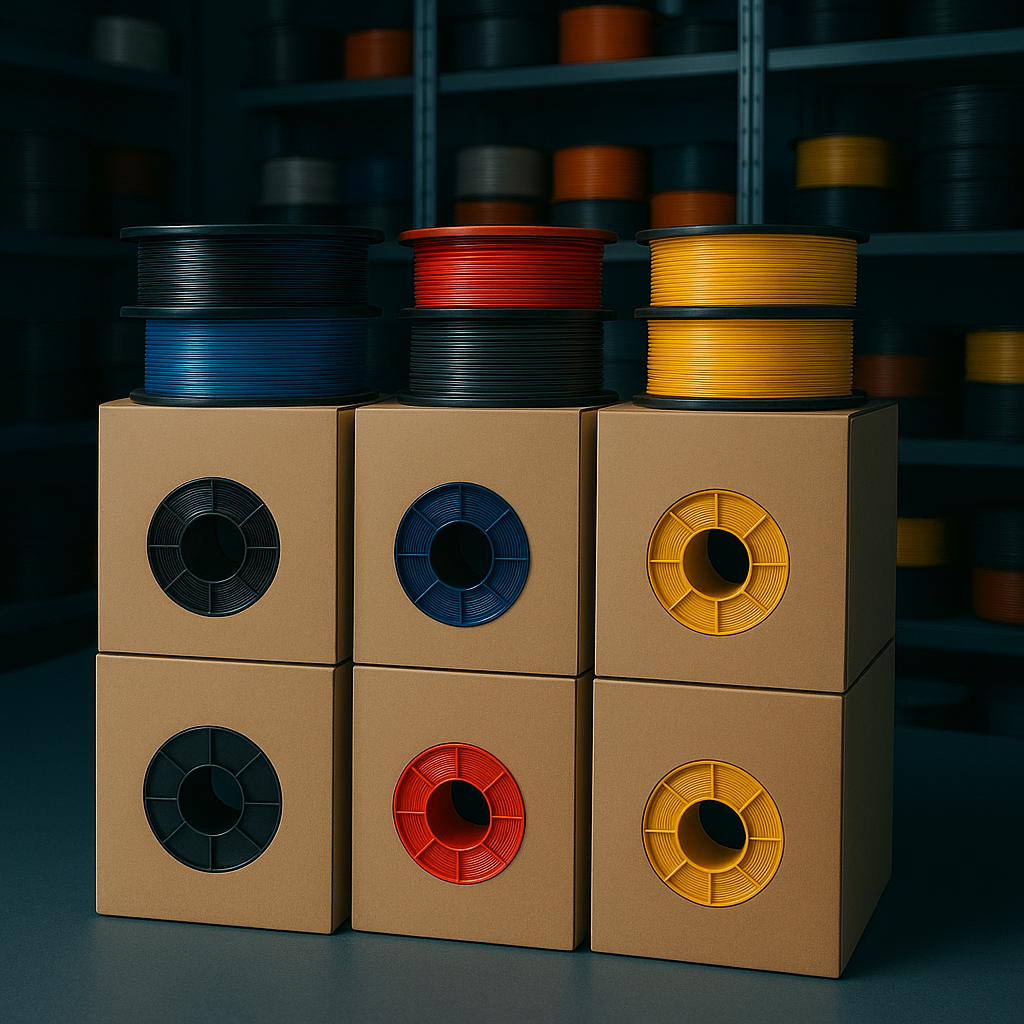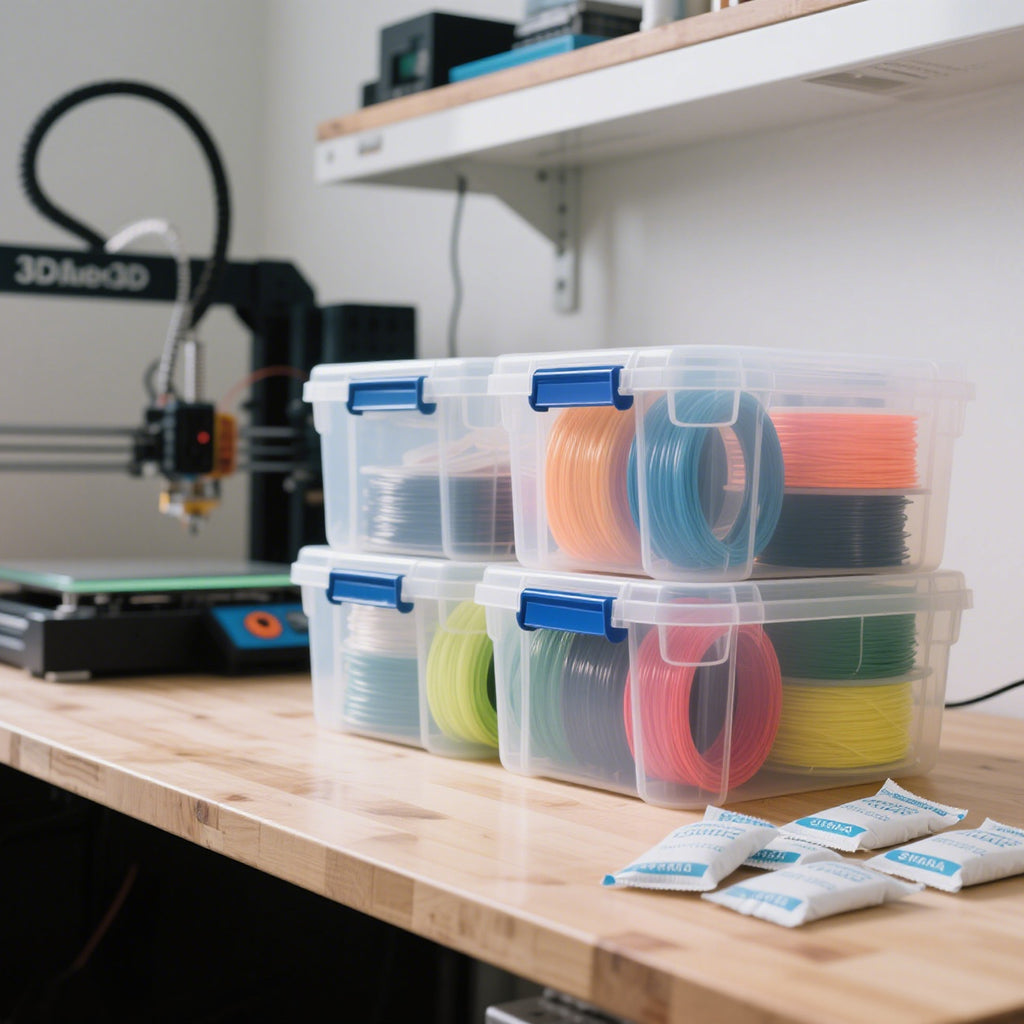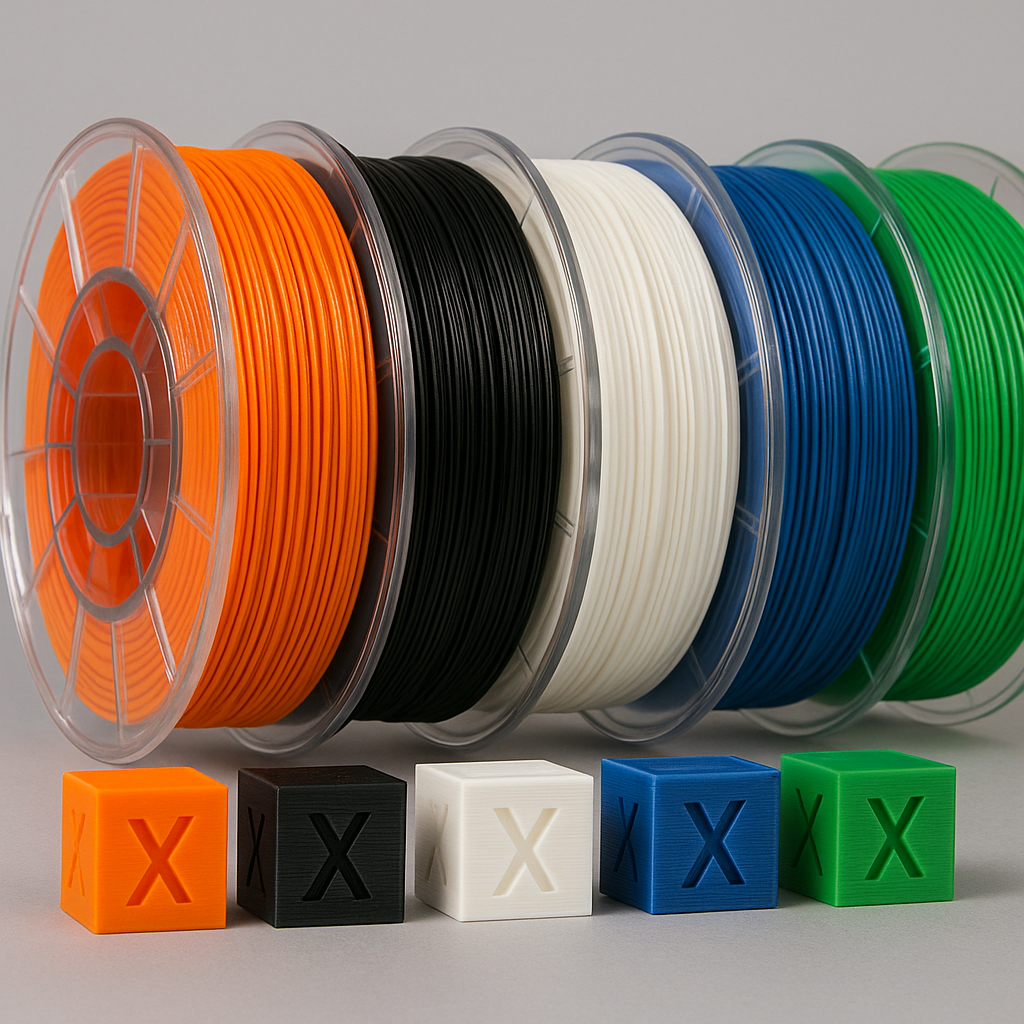1. Keep Your Filament Dry: The Role of Moisture Control
One of the biggest enemies of 3D printing filament is moisture. Many filaments, like PLA, ABS, and nylon, absorb moisture from the air. This can cause the filament to expand, leading to poor print quality, stringing, and clogging of the printhead.
Best Practices:
-
Store your filament in vacuum-sealed bags or moisture-proof containers. This prevents exposure to humidity and ensures the filament stays dry.
-
Consider investing in a drying box or a desiccant-filled storage box to maintain low humidity levels and absorb any moisture.

2. Use Airtight Storage Containers
To protect your filament from both moisture and dust, airtight storage containers are a must. These containers help prevent external factors from affecting the filament while also keeping your storage space neat and organized.
Best Practices:
-
Opt for clear plastic containers so you can easily identify filament colors and types.
-
Use sealed bins with tight-fitting lids to ensure no air gets in. This will keep your filament safe from dust, moisture, and other contaminants.
-
If you're storing multiple spools, use labels to clearly mark the type and color of each filament.

3. Store in a Cool, Dark Place
Temperature and light can also affect your filament’s quality. High heat and direct sunlight can degrade filament, making it brittle and hard to work with. The ideal temperature range for storing filament is between 20-25°C (68-77°F).
Best Practices:
-
Store your filament in a cool, dry place—avoid placing it near heaters, windows, or in areas that experience temperature fluctuations.
-
Keep your filament out of direct sunlight. UV rays can damage the material over time, especially with PLA and PETG.

4. Use Desiccants to Absorb Moisture
If you’re not ready to invest in a drying box, desiccant packs like silica gel are an affordable and effective alternative. These packs help absorb any remaining moisture and keep your filament in perfect condition.
Best Practices:
-
Place silica gel packs or other desiccants inside your storage containers with the filament. Make sure to replace them when they become saturated with moisture.
-
Consider using large desiccant packs for larger storage bins or cabinets to keep the environment dry.

5. Avoid Storing Filament in the Printer
It might seem convenient to leave filament on the spool holder of your 3D printer, but this is actually a poor storage choice. Exposure to ambient air and changes in temperature can degrade the filament over time, especially if you're not actively using the printer.
Best Practices:
-
Always remove filament from the printer when not in use and store it in an airtight container or a vacuum-sealed bag.
-
If you’re not using your printer for an extended period, make sure to store all unused filament in a safe and dry place.

6. Organize Your Filament Storage
Organization plays a big role in keeping your filament in good condition. A well-organized storage system makes it easier to access the filament you need and helps prevent unnecessary damage.
Best Practices:
-
Use filament racks or shelving units to store your spools upright and prevent tangling.
-
Label each spool clearly with the type of filament (PLA, ABS, etc.) and its color to make it easy to find what you need when you’re in a hurry.
-
Keep the storage area clean and free of excess dust and debris.

Conclusion
Proper filament storage is key to getting the best results from your 3D printer. By keeping your filament dry, cool, and well-organized, you can ensure that your materials perform at their best, every time. Whether you're using a drying box, airtight containers, or desiccants, the extra effort you put into storing your filament will pay off in improved print quality and fewer problems during printing.
By following these storage tips, you'll be able to extend the life of your filament, keep it ready for your next project, and enjoy high-quality 3D prints every time. Happy printing!
About Lovoon
Lovoon is dedicated to providing high-quality 3D printing materials for both hobbyists and professionals. Our filaments are designed to deliver outstanding performance, whether you're a beginner or an expert. Explore our wide range of 3D printing filaments to find the perfect material for your next project.



